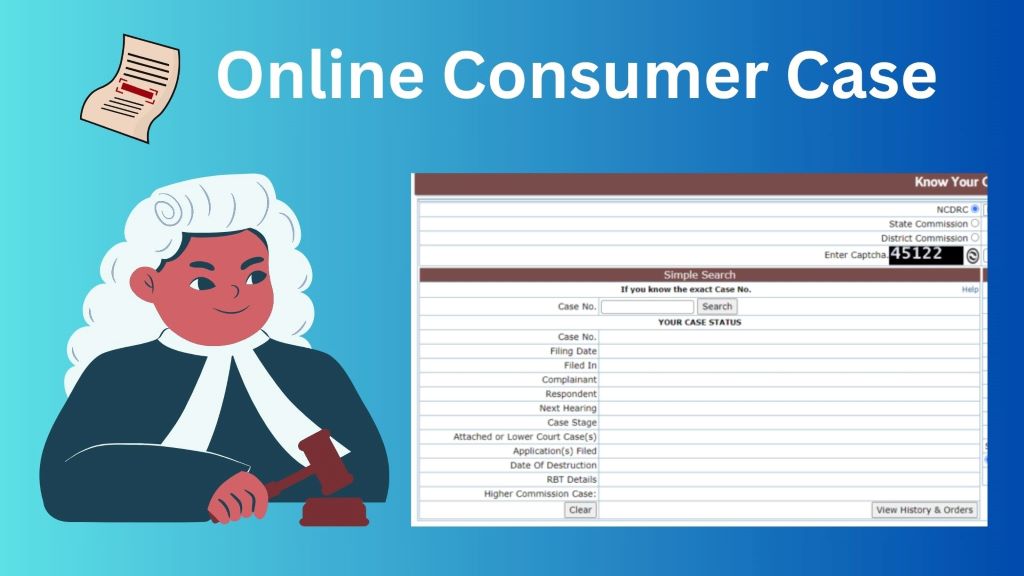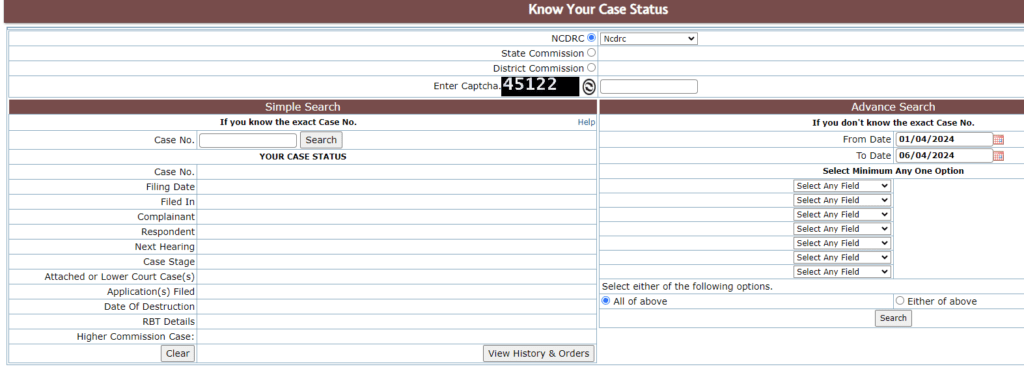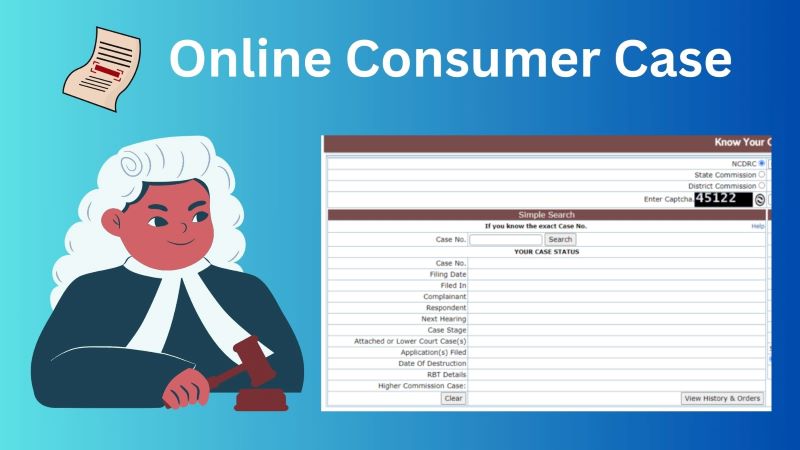In recent years, the landscape of consumer activism in India has undergone a significant transformation, largely driven by the advent of online consumer complaints. With the proliferation of e-commerce platforms, social media, and consumer rights awareness, Indian consumers are now wielding their voices more effectively than ever before to hold businesses accountable and demand better products and services. This article explores the rise of online consumer complaints in India, its impact on businesses, and the empowerment it brings to consumers.

The Evolution of Consumer Activism
Traditionally, consumer activism in India was largely confined to sporadic protests, consumer forums, and legal recourse through consumer courts. While these avenues remain important, they often posed significant barriers in terms of accessibility and effectiveness. However, with the widespread adoption of the internet and social media platforms, Indian consumers now have a powerful tool at their disposal – online consumer complaints.
The Power of Social Media and Review Platforms
Social media platforms like Twitter, Facebook, and Instagram have become virtual town squares where consumers can voice their grievances and share their experiences with a wide audience in real-time. Similarly, review platforms such as Google Reviews, Yelp, and MouthShut provide consumers with a platform to rate and review businesses, influencing the purchasing decisions of others.
The Impact on Businesses
The rise of online consumer complaints has forced businesses in India to reevaluate their approach to customer service and quality assurance. Negative reviews and complaints posted on social media can quickly gain traction, causing significant damage to a company’s reputation and bottom line. In response, businesses are increasingly investing in customer service teams and implementing strategies to address consumer grievances promptly and effectively.
Empowering Consumers
Online consumer complaints have empowered Indian consumers in several ways. Firstly, they provide a platform for individuals to share their experiences and seek support from others who have faced similar issues. This sense of community and solidarity can embolden consumers to speak out against unfair practices and demand better treatment from businesses.
Secondly, online complaints serve as a deterrent against unethical business practices. Knowing that consumers have the power to publicly expose wrongdoing can incentivize businesses to act ethically and prioritize customer satisfaction.
Finally, online consumer complaints contribute to greater transparency and accountability in the marketplace. By shining a spotlight on businesses that engage in deceptive practices or provide subpar products and services, consumers help create a more level playing field where businesses are held to higher standards of integrity and accountability.
The Future of Consumer Activism in India
As internet penetration continues to grow and digital literacy improves across India, the influence of online consumer complaints is only expected to increase. This presents both opportunities and challenges for businesses, as they navigate the evolving landscape of consumer activism and strive to meet the changing expectations of their customers.
In conclusion, the rise of online consumer complaints in India represents a significant shift in the dynamics of consumer activism. By leveraging the power of the internet and social media, Indian consumers are driving positive change in the marketplace, demanding greater transparency, accountability, and respect from businesses. As businesses adapt to this new reality, the balance of power between consumers and corporations is gradually shifting in favor of the former, ushering in a new era of consumer empowerment in India.
A Step-by-Step Guide: How to File an Online Consumer Complaint in India
In India, consumer protection laws are in place to safeguard the rights of consumers and ensure fair treatment by businesses. With the proliferation of e-commerce and online transactions, filing a consumer complaint has become more accessible than ever before. This step-by-step guide outlines the process of filing an online consumer complaint in India, empowering consumers to assert their rights and seek redressal for grievances.
Step 1: Gather Documentation
Before filing a consumer complaint online, it’s essential to gather all relevant documentation related to the transaction or service in question. This may include invoices, receipts, emails, screenshots of online transactions, correspondence with the company, and any other evidence that supports your complaint.
Step 2: Identify the Appropriate Forum
In India, consumers have several options for filing complaints, including:
- National Consumer Helpline (NCH): The NCH provides a toll-free helpline (1800-11-4000) and an online complaint registration portal (www.consumerhelpline.gov.in) where consumers can file complaints related to goods and services.
- Consumer Disputes Redressal Commission: Each state in India has its own Consumer Disputes Redressal Commission, commonly known as the Consumer Court. Consumers can file complaints with the appropriate Consumer Court based on the value of the claim.
- Online Platforms: Many e-commerce websites and consumer complaint forums offer online complaint filing facilities. Platforms such as the Indian Consumer Complaints Forum (www.consumercomplaints.in) allow consumers to post complaints against businesses and share their experiences.
Step 3: File the Complaint
Once you’ve identified the appropriate forum for filing your complaint, you can proceed to file it online. The process may vary slightly depending on the platform you choose, but generally, you will need to provide the following information:
- Your personal details: Name, address, contact number, email, etc.
- Details of the business/service provider: Name, address, contact information, etc.
- Description of the complaint: Provide a detailed description of the issue you’re facing, including relevant dates, transactions, and any attempts you’ve made to resolve the matter with the company.
- Supporting documents: Upload any supporting documents that validate your complaint.
Step 4: Await Response
After filing your complaint, you will typically receive a confirmation email or reference number acknowledging receipt of your complaint. The relevant authority or platform will then review your complaint and initiate the process of redressal.
Step 5: Follow-Up
Depending on the complexity of your complaint and the backlog of cases, the resolution process may take some time. It’s essential to follow up regularly with the concerned authority or platform to check the status of your complaint and provide any additional information or documentation if required.
Step 6: Resolution
Once your complaint has been reviewed and investigated, you will receive a resolution from the relevant authority or platform. This may involve compensation, refund, replacement of goods/services, or any other appropriate remedy based on the merits of your complaint.
Conclusion
Filing an online consumer complaint in India empowers consumers to assert their rights and seek redressal for grievances effectively. By following this step-by-step guide and leveraging the available resources and platforms, consumers can hold businesses accountable for unfair practices and ensure fair treatment in the marketplace. Remember, your voice matters, and filing a complaint is the first step towards achieving a satisfactory resolution.
Consumer Court Case Status: A Guide for Indian Consumers
As consumers in India become increasingly aware of their rights and seek redressal for grievances, understanding how to check the status of a consumer court case is crucial. With the advent of digitalization, accessing information about the progress of a case has become more accessible than ever before. This article aims to guide Indian consumers through the process of checking the status of their consumer court cases, empowering them with the knowledge to monitor their complaints effectively.
Step 1: Identify the Relevant Consumer Court
In India, consumer disputes are adjudicated by various consumer courts, also known as Consumer Disputes Redressal Commissions. These commissions are organized at the district, state, and national levels, depending on the value of the claim. Therefore, the first step is to identify the consumer court where your case was filed based on the jurisdiction.
Step 2: Obtain the Case Number
To check the status of your consumer court case, you will need the unique case number assigned to your complaint. This case number is provided to you at the time of filing your complaint and serves as a reference for tracking the progress of your case.
Step 3: Visit the Official Consumer Court Website
Most consumer courts in India have official websites where consumers can access information about case status, orders, judgments, and other relevant details. Visit the website of the consumer court where your case was filed and navigate to the section dedicated to case status or online services.

One can now also check the case status by sending the SMS as stated below.
Type <CONTONET><Sapace><0/0/Case No>
Eg. CONFONET 0/0/RP/1/2015
Send to +917738299899
Step 4: Enter the Case Number
Once you’ve accessed the online portal for case status, you will typically find a search option where you can enter your case number. Input the case number assigned to your complaint and submit the query to retrieve the current status of your case.
Step 5: Review the Case Status
After entering the case number, the online portal will display the current status of your consumer court case. This status may include details such as the date of filing, hearings conducted, orders passed, and any upcoming proceedings scheduled.
Step 6: Follow-Up as Necessary
If the status of your consumer court case indicates that a hearing is scheduled or an order has been passed, it’s essential to stay informed and follow up accordingly. Attend scheduled hearings and provide any necessary documentation or evidence to support your case. If you have any questions or concerns about the status of your case, you can reach out to the consumer court registry for clarification.
Conclusion
Checking the status of a consumer court case in India is a straightforward process that empowers consumers to stay informed and actively participate in the legal proceedings. By following the steps outlined in this guide and utilizing the online resources provided by consumer courts, consumers can monitor the progress of their complaints and ensure that their rights are upheld. Remember, staying engaged and informed is key to achieving a satisfactory resolution in consumer court cases.


